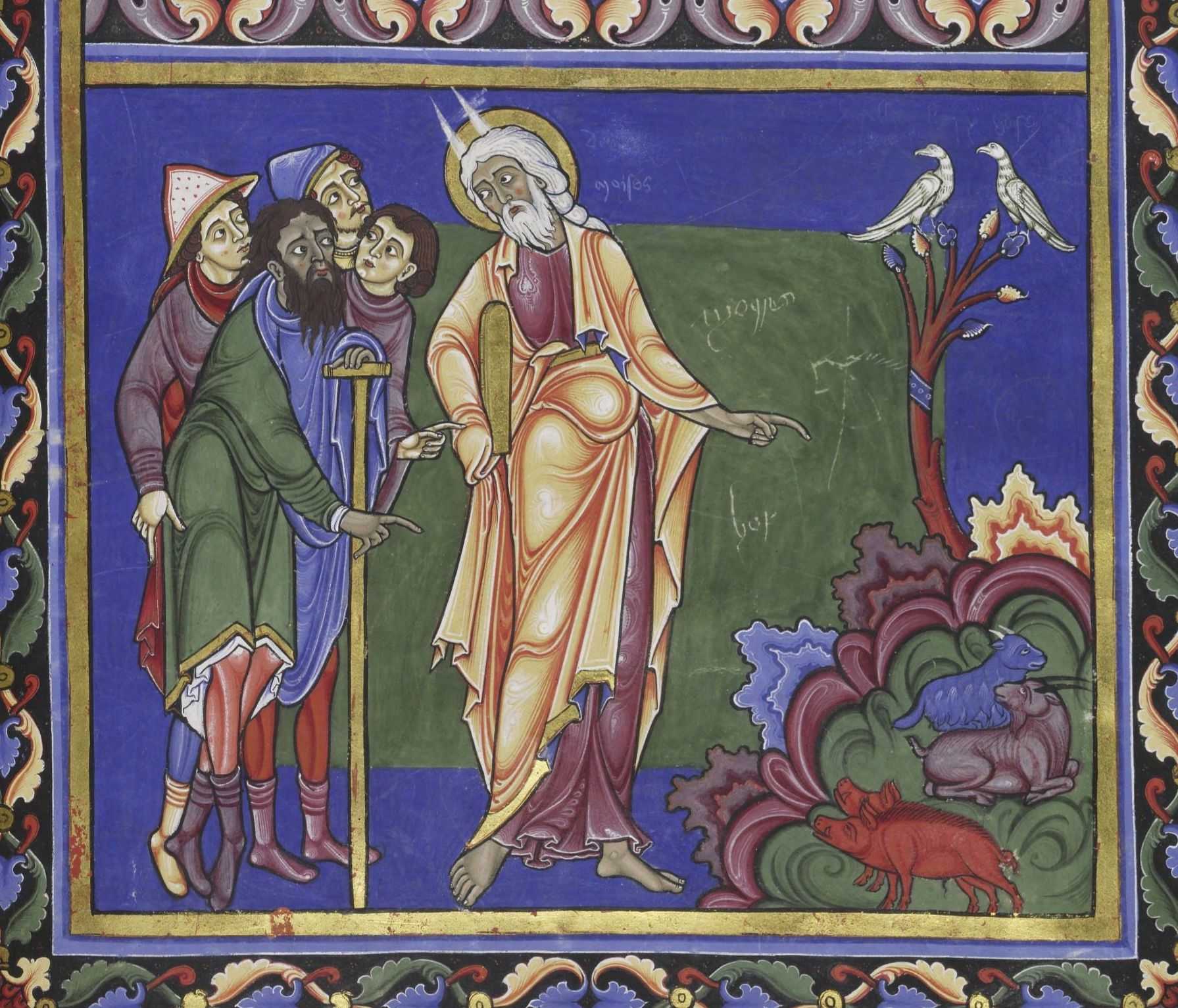Discovering the Romanesque Church of Cedofeita
Nestled in the vibrant city of Porto, Portugal, the Romanesque Church of Cedofeita stands as a testament to the rich history and architectural beauty of the region. This ancient church, known locally as Igreja de São Martinho de Cedofeita, offers visitors a glimpse into the past with its unique design and historical significance. Whether you’re a history enthusiast, an architecture lover, or simply a curious traveler, this guide will provide you with practical information to make the most of your visit to this remarkable site.
Historical Significance
The Romanesque Church of Cedofeita is one of the oldest churches in Porto, with its origins dating back to the 6th century. It is believed to have been founded by the Suebi, a Germanic tribe, and later rebuilt in the 12th century in the Romanesque style that we see today. The church is dedicated to Saint Martin of Tours, a popular saint in medieval Europe known for his acts of charity and humility.
The church’s historical significance is not only tied to its age but also to its role in the religious and cultural development of the region. It served as a spiritual center for the local community and played a part in the spread of Christianity in northern Portugal. Visitors can explore the church’s rich history through its architecture and the various artifacts housed within its walls.
Architectural Features
The Romanesque Church of Cedofeita is a prime example of Romanesque architecture, characterized by its solid and robust structure, rounded arches, and thick walls. The church’s façade is simple yet elegant, with a prominent rose window and a modest bell tower that adds to its charm. The use of granite, a common material in the region, gives the church a distinctive appearance that blends harmoniously with its surroundings.
Inside, the church features a single nave with a wooden ceiling and a series of arches that create a sense of depth and grandeur. The altar is adorned with intricate carvings and religious iconography, reflecting the artistic style of the period. Visitors can also admire the beautiful stained glass windows that allow natural light to filter into the space, creating a serene and contemplative atmosphere.
Visiting Tips
When planning your visit to the Romanesque Church of Cedofeita, there are a few practical tips to keep in mind to enhance your experience. The church is located in the Cedofeita neighborhood, a lively area known for its artistic vibe and trendy shops. It’s easily accessible by public transportation, with several bus and metro lines serving the area.
The church is open to visitors throughout the week, but it’s always a good idea to check the opening hours in advance, as they may vary depending on religious services or special events. Admission is typically free, but donations are appreciated to help with the maintenance and preservation of the site.
Photography is usually allowed inside the church, but be respectful of any signs or guidelines provided by the staff. As with any religious site, it’s important to dress modestly and maintain a respectful demeanor during your visit. Take your time to explore the church and its surroundings, and consider joining a guided tour if you wish to learn more about its history and architecture.
